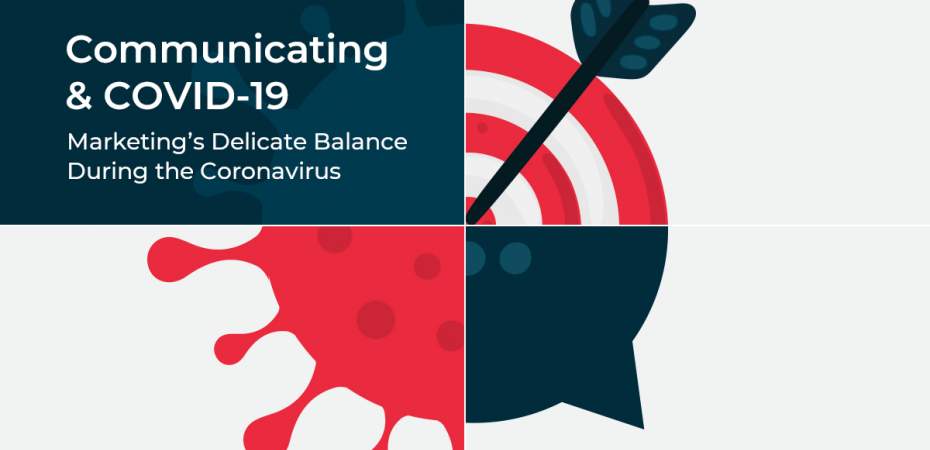June 10, 2020
| Article | by REQ Marketing | Content
Media Consumption Since COVID-19
COVID-19 has changed many aspects of our lives and many believe that our lives are going to be forever altered because of it. It has shaped the way we entertain and the way we communicate. Due to social distancing and shelter in place orders, we have had to turn to social media and virtual platforms to stay connected with one another, to further our educations, and to remain employed.
Since the coronavirus has made its debut, we have seen an increase in our use of media or our media consumption on both an individual and societal level. It may be of no surprise to you that this virus has increased our reliance on media to stay connected with one another, to entertain ourselves, and to work. There is no going to movie theaters or concerts, there is no driving to work unless you are deemed essential, and there is certainly no gathering with friends for dinner at a restaurant.
Digital media consumption went up, but not how you might think
If you assumed that our media consumption has increased over the last few months you would be right. What may be less obvious to you is how people are spending their time on the internet. In fact, what studies are starting to show is that the media consumption via our computers has increased but our use of phone apps has not and in some cases, our use of apps has even declined.
Website usage increased more than app usage
Data collected by the New York Times shows that from January 21, 2020, through March 24, 2020, website traffic increased substantially more than app use on a smartphone. For example:
- The use of specific websites has increased such as Facebook, Netflix, and YouTube.
- Netflix’s website saw an increase of 27% where the app only saw a .3% increase.
- The usage of YouTube’s website increased by 15.3% while the app actually went down 4.5%.
- Facebook’s website saw an increase in usage of 27% while the app only increased by 1.1%.
The minimal increase in application usage can be attributed to the fact that most of us are stuck at home and prefer to watch our favorite videos and shows on our laptops or Smart TVs as opposed to the tiny screens of our smartphones.
Use of virtual conferencing platforms skyrocketed
Another area of increase in media consumption is the use of virtual conferencing platforms. It seems that voice and text aren't enough to satiate our thirst for connectedness. We want to be able to visually see our loved ones in real-time. Platforms such as Facetime, Zoom, and Houseparty make it possible for our kids to learn from the comfort of their kitchen table and for moms to partake in virtual cocktail hours with their friends.
Many virtual conferencing platforms have seen a surge in daily traffic. Between January 21, 2020, and March 24, 2020:
- HouseParty saw a 79.4% increase in daily traffic.
- Nextdoor comes in second with an increase of 73.3% of daily usage.
- Google Duo saw an increase of 12.4%.
Real-life cancellations are driving traffic patterns online
With the cancellation of sports this spring season, ESPN.com has seen a decline in viewership. In fact, ESPN.com has seen a 40.2% decline in daily traffic. While sports websites may be losing numbers, video gaming and other social media apps have seen an increase in daily traffic. It’s hard to go on any social media app without seeing a TikTok video. From February to March, TikTok reported a 15.4% increase in daily use.
Technological advances have helped keep us all connected and made it easier to get through this unique time. It is a comforting thought to consider that the increase in our media consumption may be reflective of our increase in our social connectedness, even if it is only through virtual means.
Adapt your strategy to stay ahead of change
Any way you slice it, engagement and time spent online has changed dramatically due to COVID-19. Marketers and brands need to monitor their analytics, interpret the findings, and pivot to meet audiences where they are as behaviors change online. Get in touch with REQ to brainstorm how to craft a brand and content strategy to stay ahead of the curve as website and app use changes.

